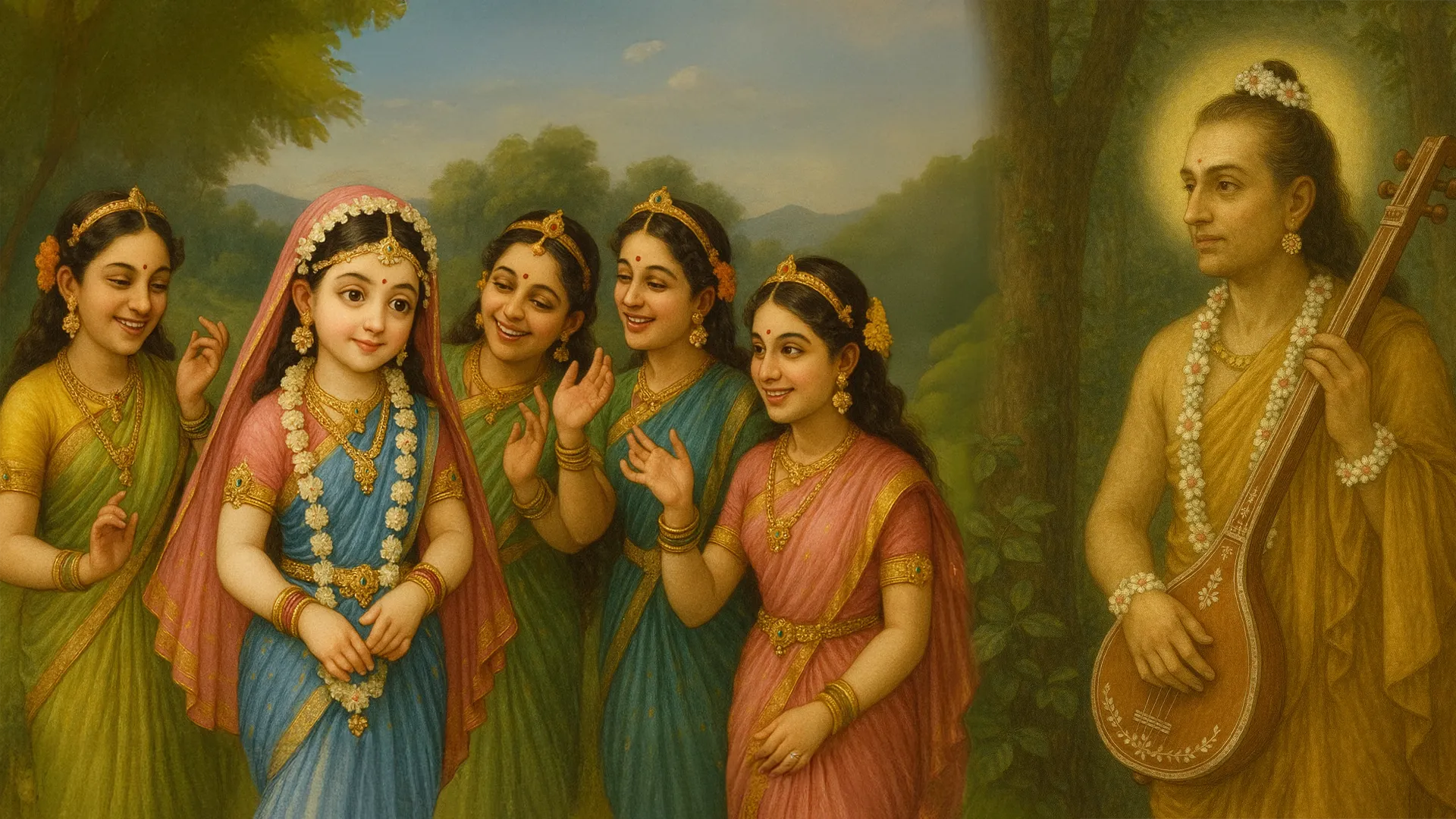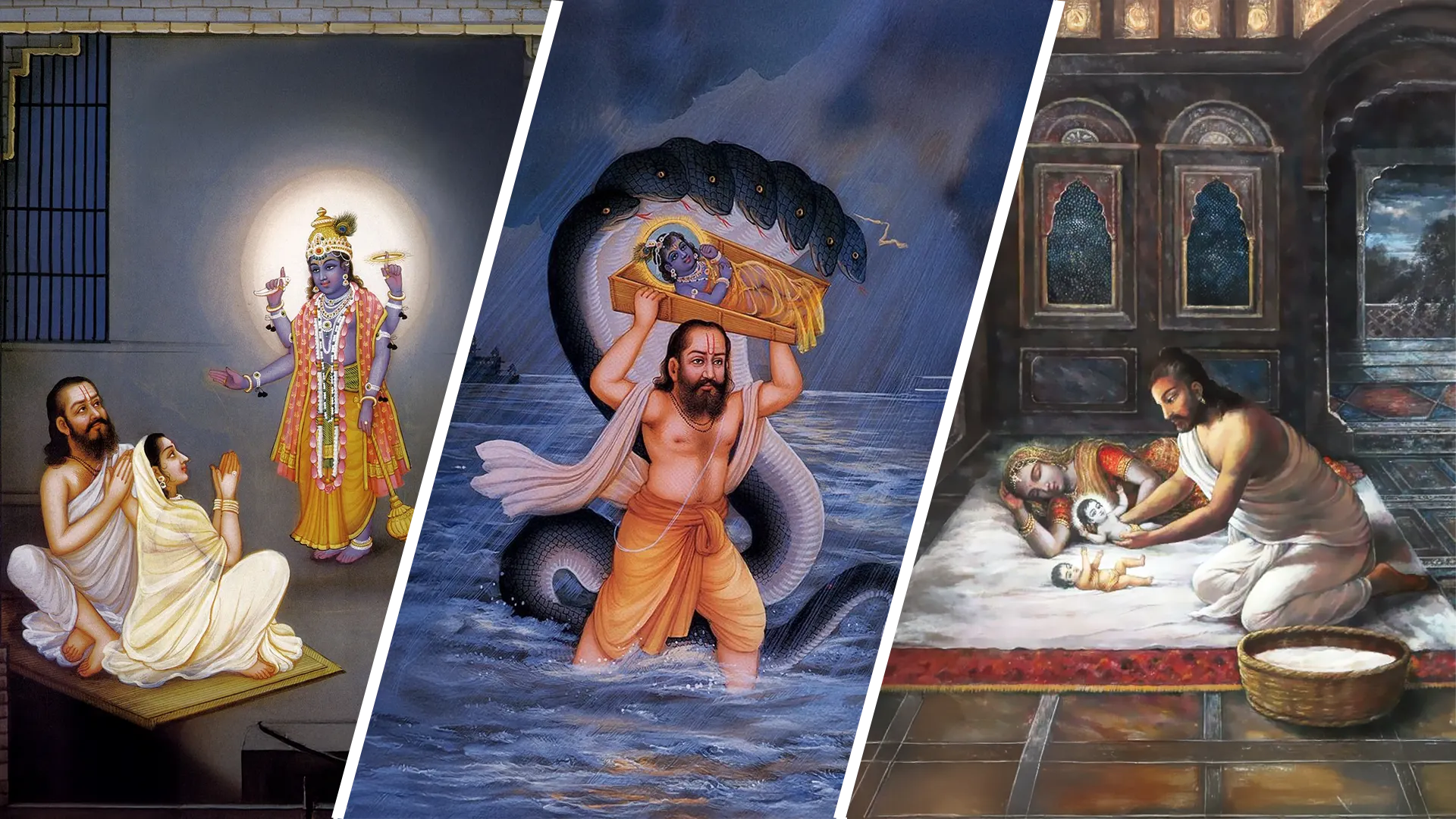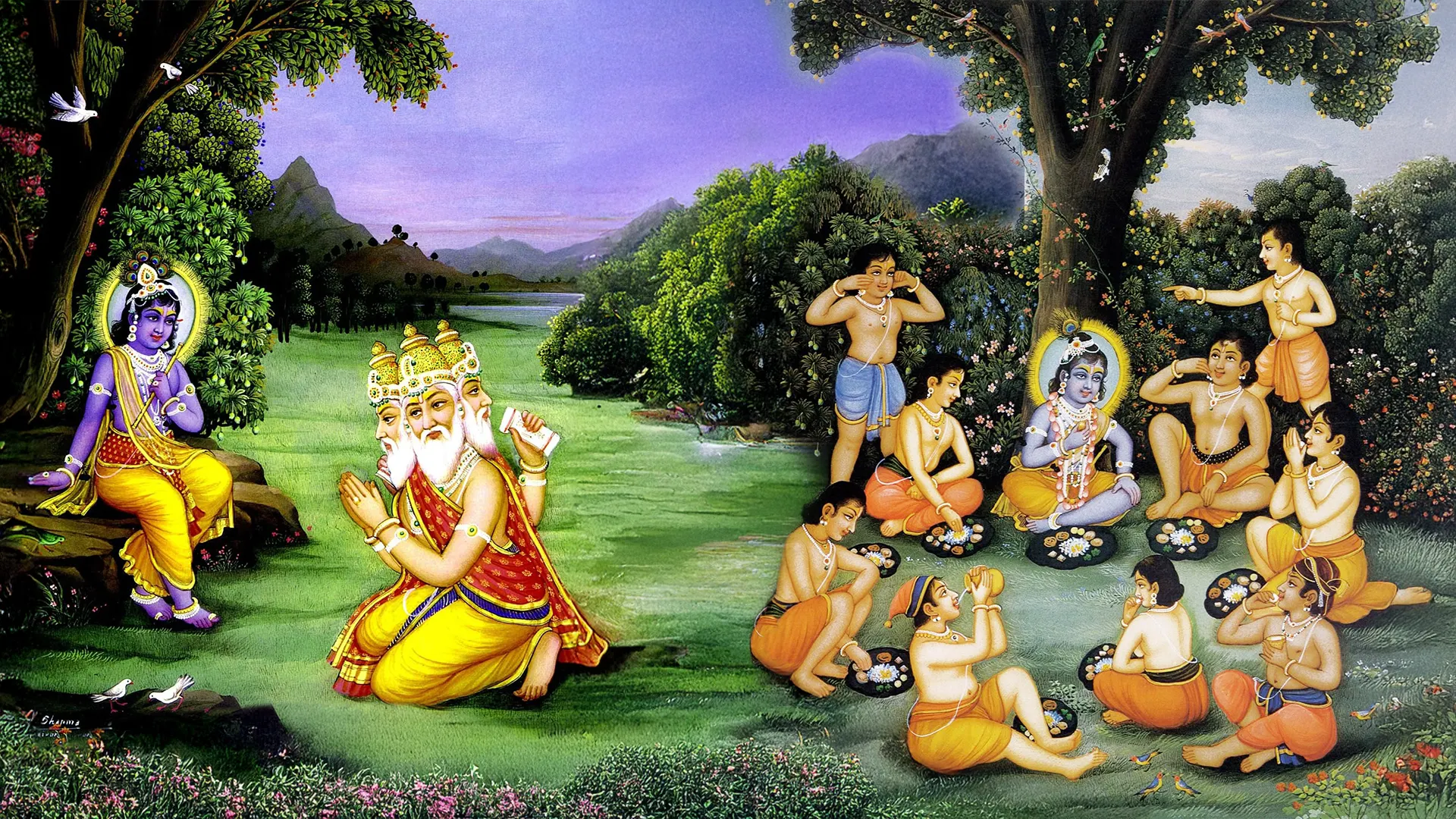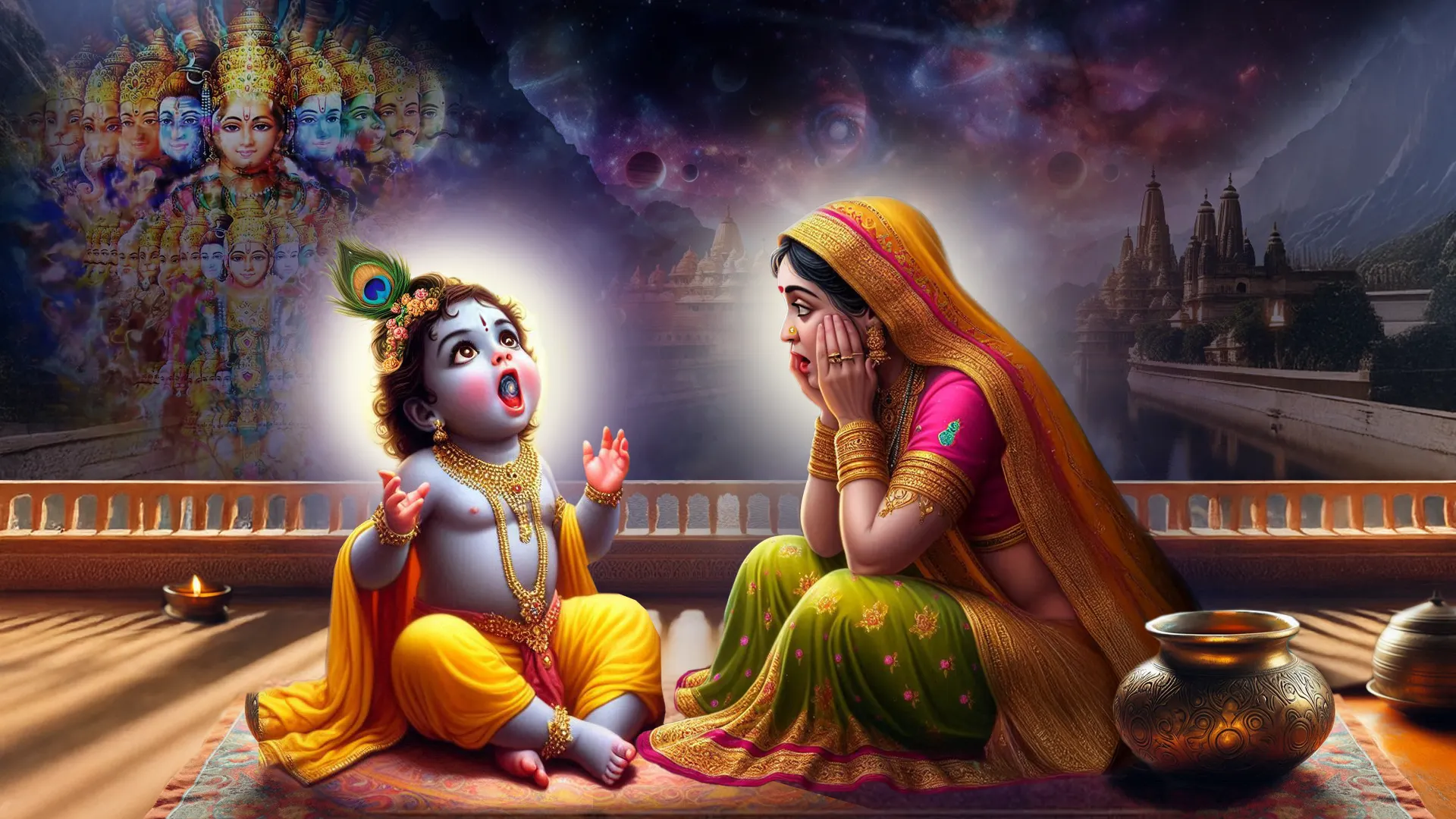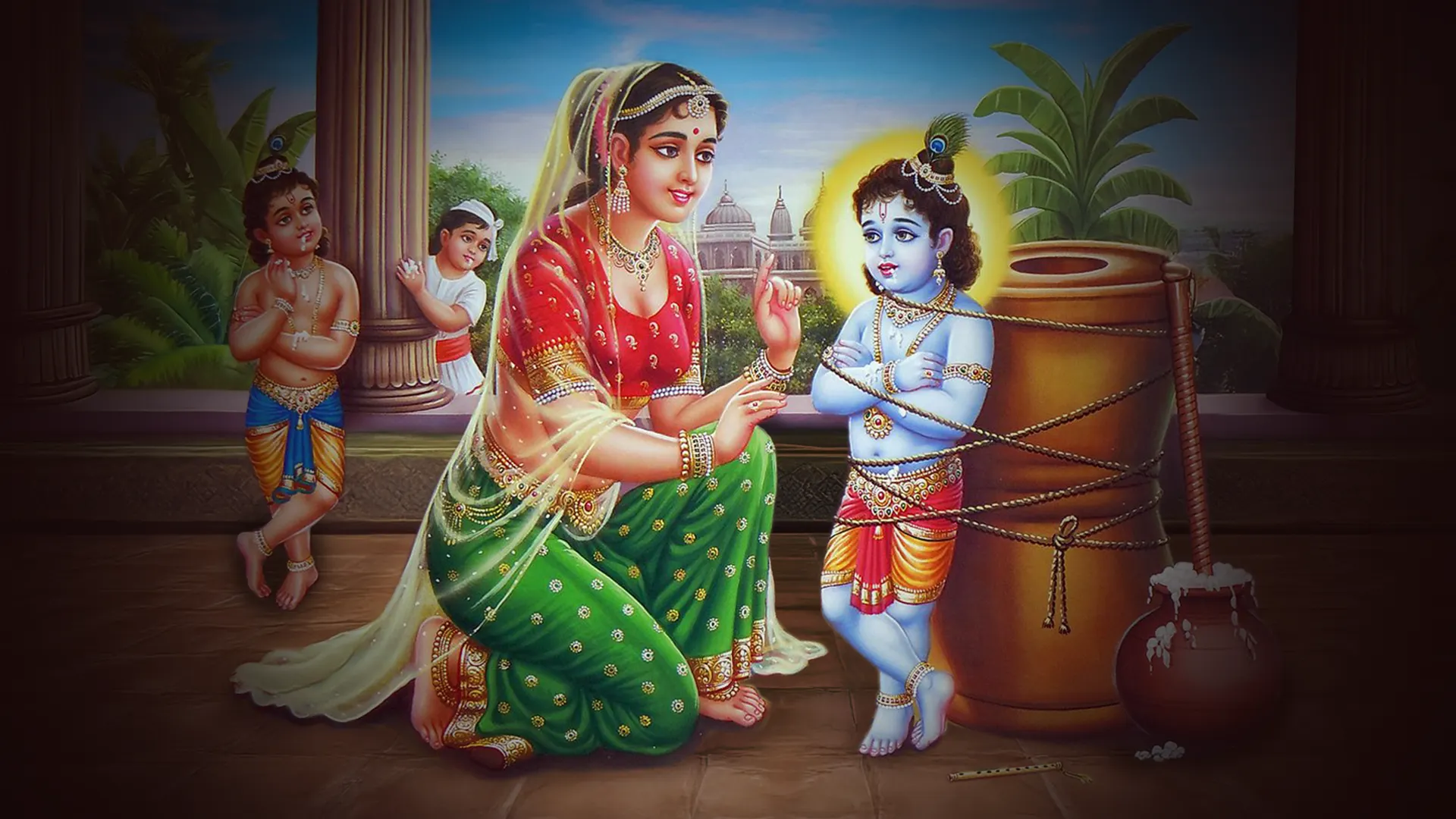The second day of Navaratri is dedicated to Maa Brahmachāriṇī (ब्रह्मचारिणी), one who practices devout austerity. She embodies knowledge, penance, and vairāgya (detachment) and the unmarried state of Maa Parvati.
The goddess Brahmacharini is depicted walking with bare feet, robed in a simple white saree, holding a "Kumbha" or water pot in her left hand, while her right hand has a bead mala. She symbolizes love, affection, and loyalty and possesses immense knowledge and wisdom. Her most treasured ornaments are Rudraksha beads, and her blessings bring happiness, peace, prosperity, and grace to all her worshippers. She is the epitome of joy and contentment and leads one towards enlightenment. Devotees offer simple food and offerings such as sugar and fruits to please her.
Rituals and Worship of Mother Brahamacharini
When worshipping Mother Brahmacharini, it is advised to adorn yourself with vibrant yellow or pure white cloth or ornaments, symbolizing purity and devotion. Offer items in pristine white, and immerse in the sacred ambience by chanting the Brahmacharini bīja mantra.
Light a ghee lamp and recite verses of the Durga Saptashati. Invoke Chandra deva, the Moon God, by chanting his mantra in addition to chanting the mantra of Maa Brahmacharini. Consider offering items made of silver, signifying purity and reflection.
Mother Brahmacharini is also worshipped as Maa Saraswati, the embodiment of wisdom, knowledge, and arts.
While performing all these rituals, always remember the Divine Mother Radharani and ask for selfless love and service.
The Tale of Maa Parvati's Penance and the Story of Maa Brahmacharini
Devi Sati was reborn as Maa Parvati, the daughter of Himvan and Mainavati. On the advice of Sage Narada, Goddess Parvati began an extraordinary journey of devotion that spanned thousands of years with the sole objective of marrying Lord Shiva. She underwent severe penance, renouncing all worldly comforts and surviving solely on the sacred Bilva leaves, giving up food and water. Her unwavering commitment knew no bounds, and nothing could sway her determination.
Maa Parvati's devotion to Lord Shiva was put to the test when Lord Shiva himself appeared before her in the guise of a sage. He started criticizing Lord Shiva's form and virtues and suggested that she should find a more suitable groom. This made Maa Parvati extremely angry, and she was about to curse the sage when Lord Shiva revealed his true divine form at that crucial moment.
This revelation marked the culmination of their divine love story. Lord Shiva and Maa Parvati united in a grand and celestial marriage ceremony, a union celebrated with unparalleled splendour.
Before this sacred union, Maa Parvati, in her unmarried and ascetic form, is known as Brahmacharini, a testament to her unparalleled devotion and unwavering commitment to Lord Shiva.



